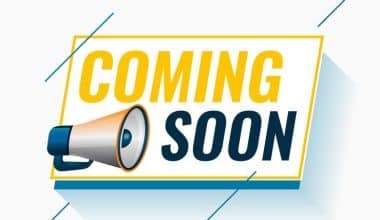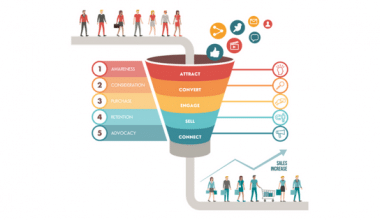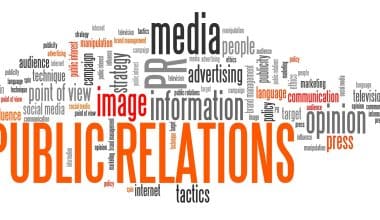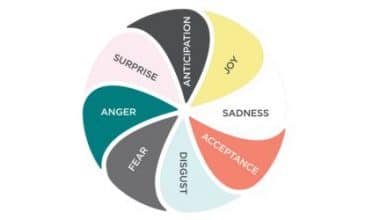Product-led growth is a business approach that involves using your product as the primary vehicle for acquiring, activating, and retaining customers. If you’ve used Slack or Dropbox, you must have seen this firsthand. Product-led growth (PLG) has emerged as one of the most effective strategies for accomplishing these aims. Unlike traditional sales or marketing-driven techniques, PLG focuses on the product itself—allowing it to be the key driver for acquiring, retaining, and growing customers. I’ve had the opportunity to see firsthand how businesses thrive with a PLG model, and through a mix of research and personal experience, I want to share some of the most compelling examples of how this approach can skyrocket retention and scale efficiently.
Key Takeaways
- Product-led growth (PLG) places the product as the central engine for customer acquisition and retention, flipping the traditional sales-led model. By offering an immediate hands-on experience, users can discover value without extensive marketing or sales involvement.
- Freemium and self-serve features are crucial in PLG. By providing free access or trials, companies like Slack and Dropbox allow customers to experience value firsthand, encouraging viral growth and smoother user adoption.
- Companies like Slack actively use customer feedback to iterate and improve their products, making them more aligned with user needs. This dynamic loop fosters long-term loyalty and retention.
- PLG strategies are highly scalable. Once the product is refined, it can handle 10 or 1,000 users with minimal changes. This allows businesses to grow more efficiently while reducing customer acquisition costs (CAC).
What is Product-Led Growth (PLG)?

At its core, product-led growth is a strategy that allows the product to be the primary means of client acquisition, retention, and expansion. Rather than depending on a sales crew or large marketing budgets, the product does the heavy lifting by providing clients with an immediate, hands-on experience.
I remember one of my first experiences with a product-led strategy—an app that I downloaded out of curiosity. The free version was so easy to use and full of content that I never considered upgrading to the paid version. It wasn’t just about flashy features; it was about the immediate benefit I felt while using the product. That’s the power of PLG: clients don’t need much convincing when the product speaks for itself.
Product-led growth (PLG) is a corporate approach that bases all strategic choices on product usage. The framework focuses on creating a product that is beneficial and easy for customers to discover, adopt, and use without major marketing or sales efforts. When implementing this strategy, product teams should prioritize the user experience to produce products that customers enjoy. With these three characteristics (compelling, intuitive, and scalable), it’s clear why many SaaS and software companies employ the product-led growth (PLG) approach.
Key Characteristics Of Product-Led Growth
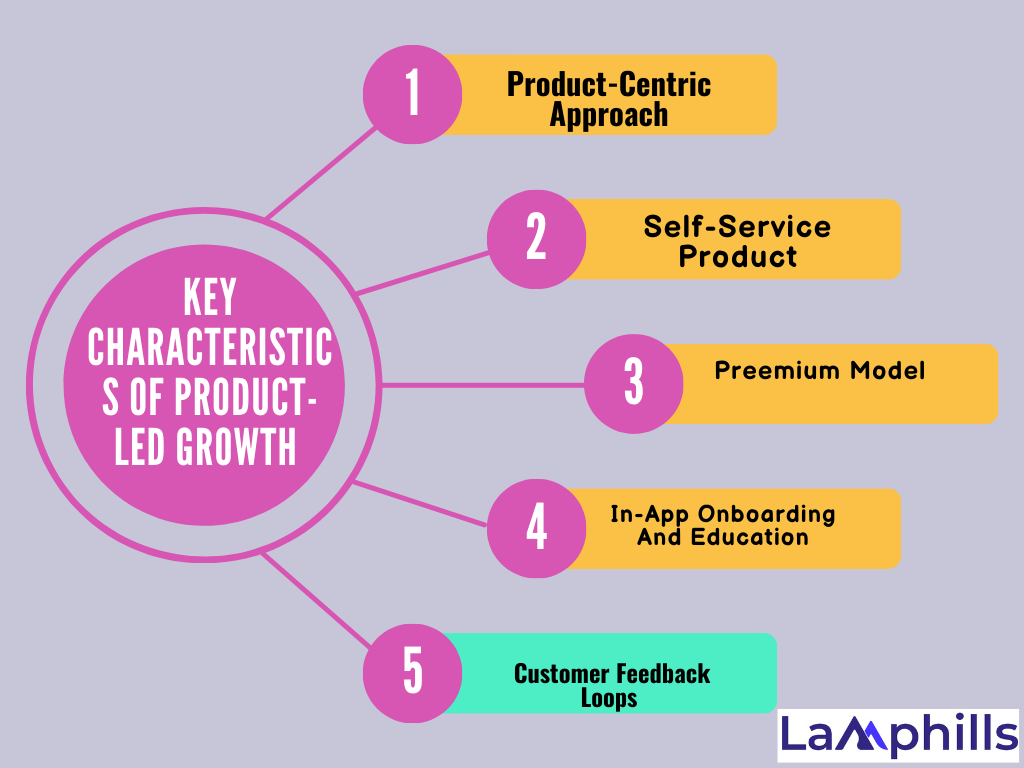
While PLG can include many components (and not everyone using PLG will exhibit all of them), most companies and products following this model will have these notable qualities.
#1. Product-Centric Approach
Product-led growth puts the product first. It is the item that sells, therefore all of your attention and energy is focused on the product. This contrasts with other approaches, such as the sales-led or customer-centric strategy found in high-touch, high-complexity products or services.
#2. Self-Service Product
For a product to sell itself, it must be simple enough for consumers to use without much help. In other words, a self-service product. Other PLG products do take some time to learn, but those learning materials are also self-service. For example, a product might include tutorials new users can watch at their own pace.
#3. Freemium Model
The freemium model is particularly popular in product-led growth since it allows end customers to try the product before purchasing. When individuals can experience items without risk, they sell themselves much more easily.
Another option is to provide a free trial. If a product does not make sense to be tiered (for example, a limited free experience would be ineffective), a time-limited sample of the whole product achieves the same goal.
#4: In-App Onboarding And Education
Another hallmark of product-led growth is the incorporation of onboarding and education materials inside the app or product itself. Apps like Slack and web services like Canva are great examples of this. The first time you explore a specific feature or area, you’re greeted with a popover tutorial box that walks you through how to use that feature.
#5. Customer Feedback Loops
Customer feedback loops are another common feature of products and teams that use the PLG model. They are the cyclical process that involves obtaining, assessing, and applying input, followed by testing the changes and gathering additional feedback. Because most PLG products are SaaS tools, gathering input on user demands, pain areas, and customer experience may be integrated into the product, making it nearly automatic.
Top Product-Led Growth Examples
If there is one message I’ve learned from my work with product-driven firms, it’s this: focus on the customer experience, and growth will follow. This is because businesses that perfect the product experience, whether through seamless onboarding, intuitive interfaces, or data-driven updates, build devoted users who remain around—and bring others with them. Nothing brings a topic to life more than watching it in action. These product-led growth examples will help you anticipate and handle users’ pain points while guiding them to value discovery.
#1. Teamwork.com
Teamwork.com is an all-in-one platform for agencies and client work, providing comprehensive operational control and powerful project management under one roof. It’s an excellent example of product-led growth—anyone can explore its feature set owing to a free tier, and using and mastering the platform is simple and self-service. Teamwork.com provides extensive in-app education, with lessons and guidelines available for nearly every feature.
The platform includes an Academy hub where users of all skill levels may learn about workload management and procedures. And, because Teamwork.com is a product-driven platform, it solicits regular user feedback and continues to iterate the product based on that feedback. Since
#2. Basecamp
Basecamp offers free trials that allow new users to experience the value of the product firsthand. Once prospects sign up for the 30-day free trial, Basecamp collects their emails and shares newsletters and educational content. The educational guides are crafted to help project managers effectively manage and execute their projects using Basecamp.
At the end of the free trial, prospects who experienced value become paid users. But Basecamp doesn’t stop there. They offer a range of support tools, including tutorials and email support, to help users get the most out of the product.
The free trial offering from Basecamp lets users experience the product firsthand before making a purchase decision.
#3. Notion
Notion uses a customizable learning-by-doing onboarding strategy to swiftly introduce customers to the product’s key values. First and foremost, Notion comes packed with templates for certain use cases. When users visit the Getting Started page, tooltips appear as they hover over specific components. These tooltips give users explicit directions for exploring the product on their own.
The concept also takes advantage of the information entered by users at the register to deliver a personalized selection of templates. These templates train consumers and include demo data that depicts the benefits they will gain from the product.
Notion’s personalized onboarding guides users toward the path of value from the get-go.
#4. Slack
Slack is a prime example of a product-led company that mastered user retention and efficient scaling. Early in its development, Slack focused on building a product that users loved right out of the gate. The seamless experience—from signing up to sending that first message—created instant value for users. Slack’s freemium model played a pivotal role in its success.
Offering a feature-rich freetier, it allowed teams to grow organically within organizations. As users experienced the product’s value, they naturally moved to paid plans to access more advanced features. I’ve used Slack in various teams, and it always strikes me how quickly people pick it up without any need for training. This kind of immediate product adoption is textbook PLG. For most of us, it wasn’t in an ad. Instead, we found Slack one of these ways:
- Saw someone we know using it
- Got a personal recommendation from a current user
- Got invited to use it by a current user (e.g., joining an existing Slack channel
It was viral, intuitive, and satisfying, and those customer acquisition costs were next to nothing. Slack works because it’s so easy to use. Just about anyone can download it and know what to do within seconds of installing it. It’s a self-serve product that teaches users through in-app education so they learn as they go. It uses the freemium model, and it’s stuffed full of customer feedback loops.
#5. Dropbox
Dropbox is another notable example of product-led growth. They created a product that made file sharing extremely simple. Dropbox’s referral mechanism was particularly successful—users could earn extra capacity by encouraging others to sign up, which spurred viral growth.
Dropbox was formed in the mid-2000s to tackle the pesky file-sharing problem, and it took some fascinating risks that paid off handsomely. When I first joined up for Dropbox, I recall quickly sharing it with my pals because I needed more storage space. This referral-based growth plan was brilliant because it transformed consumers into the finest marketers Dropbox could have hoped for.
One especially interesting viral tactic: Dropbox was (and is) a paid product, but in those early days, they gave users additional free storage for referral sign-ups or sharing on social media. This fueled the natural viral spread, helping Dropbox become another household tech brand.
#6. Hubspot
Hubspot was not originally a product-driven organization. It is generally recognized as an expert in inbound content marketing, and it used to push its services aggressively through a tiny army of salesmen. HubSpot now offers a diverse selection of products, many of which can be trialed for free (or are completely free). They’re simple to learn, and upgrading to premium (paid) versions is often a self-service option.
#7. Calendly
Calendly challenges traditional meeting scheduling methods. Instead of emailing back and forth to find a mutually agreeable time, Calendly users can simply set their availability and invite anyone to plan a meeting at any time they like.
Calendly is so straightforward to use that it does not require a tutorial. Using it with clients to schedule sales meetings or discovery calls is simple, and even a client who has never heard of it before will have no issue scheduling their meeting.
Calendly is a clear example of PLG because it is simple to use, viral (customers who are invited through Calendly frequently become users themselves), and offers an excellent user experience. Using it is frictionless, and its low pricing makes activation less of a hurdle.
Steps to Implement A Product-Led Growth Strategy
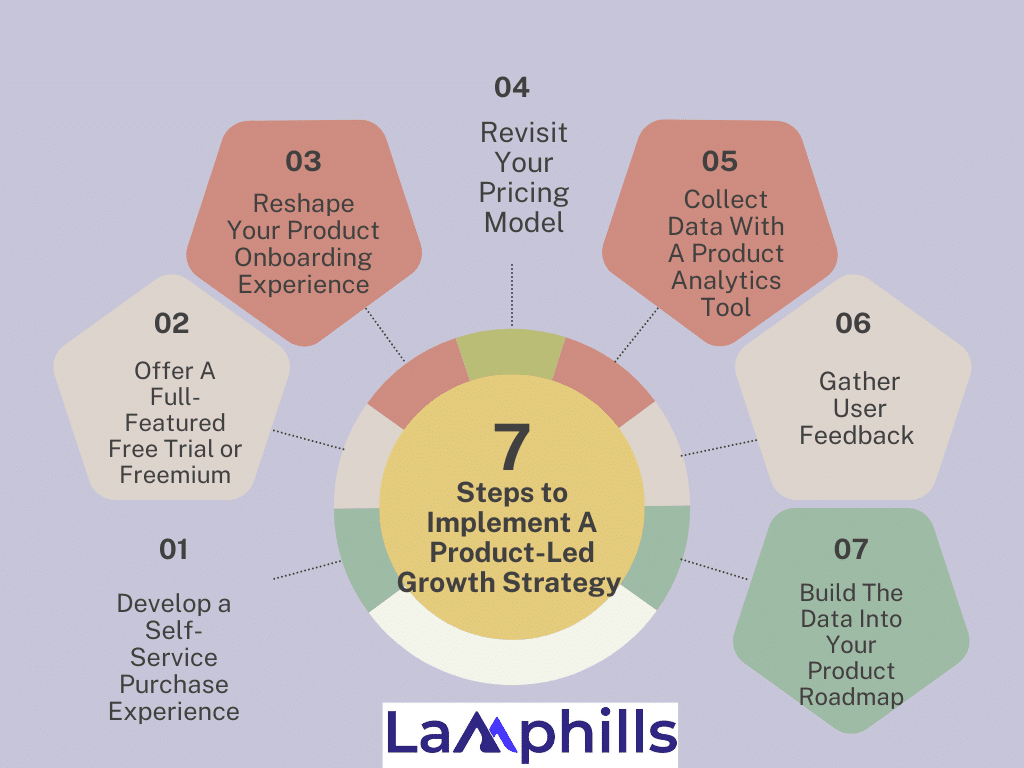
If you’ve decided to pursue PLG as your primary business growth strategy, you must put it into action. Fortunately, the technique is pretty simple: Interested in implementing a product-led growth strategy for your company? Here’s a straightforward path based on my experience:
#1. Develop a Self-Service Purchase Experience
As previously said, PLG is ideal for products that are simple enough for consumers to navigate without any assistance from your end. And it all begins with a self-service shopping experience. Customers should be able to locate and sign up for your product without any sales or support assistance. This requires you to design an easy-to-use website that communicates your product’s value proposition and pricing options. You should also build a simple and short registration process and provide clear instructions for getting started with your product.
#2. Offer A Full-Featured Free Trial or Freemium
Allowing potential consumers to explore your app is the most effective approach to explaining the value of your product. It is also a pillar of PLG. A full-featured trial should provide all product features, with no limitations or restrictions. If you choose a premium approach, offer the key functionality of your product in the package. Users should be able to fully experience your product’s capabilities to understand its worth. This is how you generate product-qualified leads (PQLs) and increase conversions.
#3. Reshape Your Product Onboarding Experience
Your customers’ first impressions of your product are long-lasting. A smooth and easy onboarding process will help you make a good first impression and generate product-led growth.
Onboarding sets the tone for the entire product experience and determines whether or not your customers fully adopt your product. A sales-driven growth approach comprises high-touch, tailored onboarding by human agents, whereas PLG entails developing and continuously enhancing a consistent self-service onboarding procedure.
As you collect data on the first-time user experience (step 2), consider how you can utilize it to improve the onboarding process. This could include integrating in-app instruction, reducing user interface (UI) complexity, or streamlining workflows.
#4. Revisit Your Pricing Model
Pricing is becoming more of a focal point of the PLG flywheel. By establishing a clear pricing roadmap, you’ll align with your customer demand and effectively encourage product growth. Here’s how you can create a consistent product-led SaaS packaging strategy:
- Choose one of the following pricing models: flat-fee, per-user, usage-based, or hybrid. The choice is yours
- Align pricing with value by understanding the features that are most important to users
- Offer tiered pricing plans so that customers can easily upgrade when needed
- Design a product package that serves the needs of each of your customer segments. Yes, you may end up with 10 packages, but that’s all right (look at Hubspot!)
- Use historical data to inform pricing decisions and determine the optimal pricing model for your product.
#5. Collect Data With A Product Analytics Tool
Product data is the primary motivator in PLG. You must collect data on how customers interact with your product and utilize it to inform business decisions. You should utilize a product analytics platform to monitor user behavior, detect patterns, and pinpoint areas of irritation. These insights will assist you in determining the best course of action for product development and providing the best possible user experience.
However, you should not rush through collecting and analyzing all of the data provided by your product analytics platform. First, establish a problem you wish to solve in your product, and then investigate the analytics to determine the cause.
#6. Gather User Feedback
Similar to CLG, the voice of the customer (VoC) is important in PLG. Collect customer feedback to discover your users’ reactions to product features, UI, or updates.
#7. Build The Data Into Your Product Roadmap
User research should set the direction for your product development process, ensuring that you stay aligned with your customer needs and preferences. When you have the product usage data and customer feedback at your disposal, build it into your product roadmap. To do so, you’ll need to be consistent:
- Identify user needs and pain points. Analyze the usage data to identify the features that are most used and the ones that users struggle with. Based on this data, you can identify the changes required to address user pain and frustration
- Evaluate the potential impact. Consider the potential impact of each feature on user satisfaction, retention, and revenue. Prioritize the features that have the potential to make the most significant impact on the business
- Estimate the effort required. Evaluate the number of resources you’ll need to develop each feature throughout the design, development, testing, and release phases. Prioritize the features that require less effort and can be delivered quickly
- Align with the company’s goals. Ensure that the changes you’re about to make align with the company’s overall business goals and strategy. Prioritize the features that help the company achieve its strategic objectives
- Iterate based on feedback. After making changes, collect feedback from users to evaluate their effectiveness and make adjustments as needed. Iterate the roadmap using product feedback
#8. Focus On Continuous Product Adoption
Product-led growth is all about driving continuous product adoption and usage. To achieve this, you should never stop looking for ways to provide ongoing value to your customers. This means regularly monitoring product performance, releasing new features and updates, and incentivizing users to continue using your product.
How to Measure The Effectiveness Of Your PLG Strategy
There are two ways to track the performance of your growth strategy, and you need them both:
#1. Monitor The Key Product-Led Growth Metrics
Start by collecting quantitative insights to measure the impact of your PLG strategy. These include:
A. Customer Acquisition Cost
Customer acquisition cost, or CAC, measures how much your company spends to acquire each new SaaS user. CAC includes all the marketing and sales expenses related to acquiring new customers, such as advertising, events, and sales team salaries.
Since the calculation doesn’t include the product team’s efforts and other expenses that affect customer acquisition directly or indirectly, CAC is usually very low in product-led companies.
Ideally, an effective PLG strategy should allow you to invest less in marketing and sales activities, resulting in even lower CAC.
B. User Activation Rate
This is the percentage of new users who become active product users. You should use this to determine how successful your in-app onboarding process is at converting new users into active customers.
C. User Retention Rate
The user retention rate is the percentage of customers who continue to use your product over a certain period. The higher the rate, the more users find your product valuable, which clearly indicates the success of your PLG strategy.
You can monitor user retention dynamics with Smartlook’s retention tables. The rates in the table represent the percentage of users that stick with your app, week over week: This feature is particularly effective for spotting changes in activity for particular customer segments (e.g. small businesses vs enterprises).
D. Customer Churn Rate
The customer churn rate helps you measure how many users stop using your product over a certain period in comparison to the total size of your customer base. It’s another indicator of how well your company is retaining customers.
E. Customer Lifetime Value
Customer lifetime value (CLV) measures the total amount of revenue a customer is expected to generate for your company over their lifetime. You can calculate CLV by dividing the monthly average revenue per account (ARPA) by the user churn rate. A product-led CLV should continuously grow as a result of increased retention and reduced churn. Its dynamics are perhaps the best monetary indicator of the success of your PLG strategy.
F. Monthly Recurring Revenue
Monthly recurring revenue, or MRR, is the amount of revenue a company generates from its subscription-based products every month. This metric helps PLG companies assess their strategy health and revenue stability.
G. Referrals
Remember when we said PLG heavily relies on virality? Here’s the way to measure it. Referrals are the number of new users or customers that are acquired through existing users or customers referring them to your product. It helps determine the level of satisfaction and loyalty of the user base.
#2. Analyze The User Experience With Qualitative Data
This was quantitative data — numbers that hardly mean anything without context. Now, you need to bring in qualitative data to understand what drives those metrics and what steps you can take to improve your strategy.
- Watch session recordings (remember, you can do this in Smartlook)
- Collect user feedback with in-app surveys
- Run 1-on-1 interviews with customers
You can also add some quantitative survey metrics to your data mix, like:
- Net Promoter Score (NPS)
- Customer Satisfaction Score (CSAT)
- Customer Effort Score (CES)
Share the insights with your company to support cross-functional collaboration and align your next steps to improve your product strategy.
A. Become product-led SaaS
Adopting a product-led growth model isn’t difficult, you just need a lot of data to rely on. You should use your product usage data and customer insights to guide product development and create an app that users are perfectly comfortable with. This is the essence of PLG.
Benefits Of A Product-Led Growth Strategy
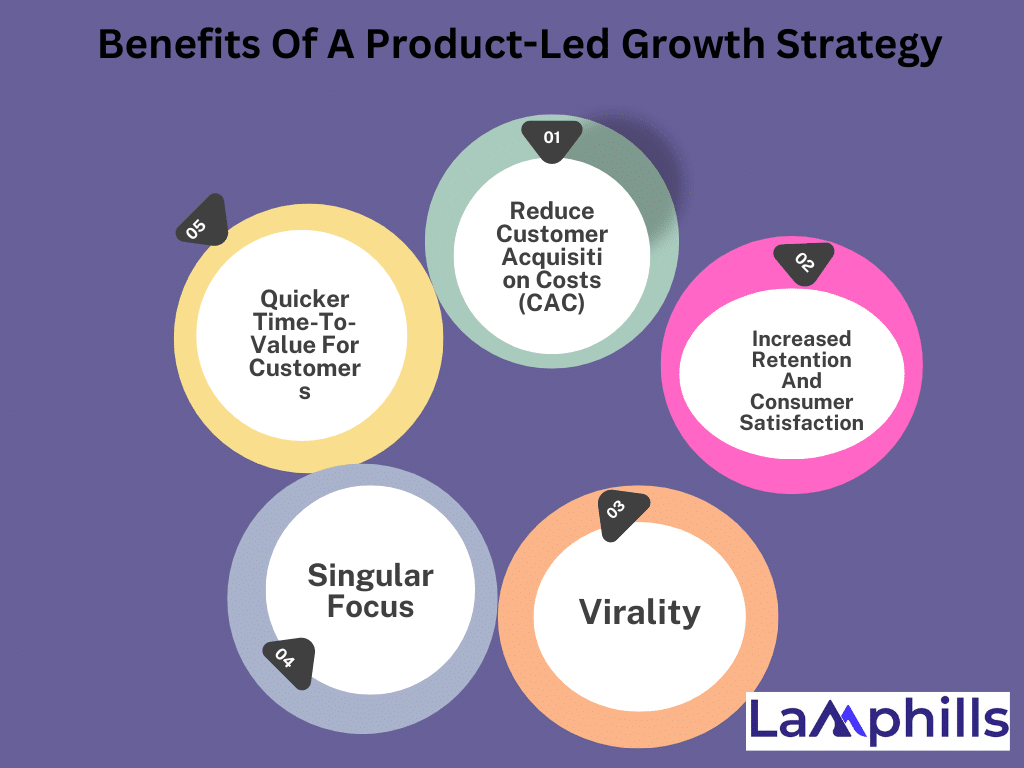
Using a product-led growth approach provides various benefits to firms with the correct types of products—possibly some of your agency’s customers. If you deal with SaaS companies or other businesses that provide similar service-oriented products, PLG has the potential to unleash benefits like these.
#1. Reduce Customer Acquisition Costs (CAC)
When a product sells itself, corporations rely less on large advertising and sales budgets.
#2. Increased Retention And Consumer Satisfaction
To sell itself, a thing must be good. By investing resources on improving the product, a company will automatically increase retention and customer happiness.
#3. Virality
A product that is intuitive, appealing, and converts clients into adoring fans has a good chance of going viral. When a product has a significant influence, people tend to discuss it, resulting in a network effect. The product spreads as adoring fans tell their friends and professional contacts about it through word of mouth.
#4. Singular Focus
Across teams, project deliverables, and business processes, the singular focus is never in question. Everything serves the product.
#5. Quicker Time-To-Value For Customers
Product-led growth shortens the time it takes to see value from your product. PLG products are simple to use, thus they speed up the entire process of turning prospects into paying clients.
Additionally, the PLG principle of “try before you buy” provides customers immediate access with zero financial commitment upfront. This shortens the sales cycle by enabling customers to test what you offer, appreciate its value, and make a buying or upgrading decision quickly.
What does product-LED mean?
Product-led growth is a business strategy in which a company uses its product as the main tool to acquire customers.
What is the purpose of product LED?
Product-led companies take a bottom-up, lower-touch approach to new customer acquisition.
How do you create a product LED content?
shift your focus toward researching the most common pain points, snags, and frustrations prospects face in your industry
Which principle of product-led growth can AI help improve?
Its user onboarding, engagement, and retention.
Conclusion
Trust me, focusing entirely on a sales-driven approach is outdated. The product-led growth strategy shifts your perspective on your product and its target audience. Concentrate on developing a product that solves problems and connects with your users.
Product-led growth is more than just a trend; it’s a powerful strategy that’s changing the way businesses scale and keep customers. By focusing on the product, businesses can lessen their dependency on huge marketing or sales teams while still generating exponential development.
If you’re considering implementing a PLG model, the examples above demonstrate that it’s not only feasible, but also quite effective. So, focus on providing value through your product, and the rest will follow.



